Yogurt has emerged as one of the most popular dairy products globally, admired not only for its creamy texture and taste but also for its exceptional nutritional profile. With growing awareness about gut health, probiotics, and healthy diets, yogurt consumption has seen a remarkable rise worldwide. But a fascinating question lingers in the realm of food production and global trade: Which country is the largest yogurt producer in the world?
The answer is: The United States of America.
While countries like France, Turkey, and Greece have strong historical and cultural ties to yogurt, it is the U.S. that leads in production volume, driven by massive consumer demand, industrial capabilities, and product innovation. In this detailed article, we explore the dynamics behind the global yogurt market, the rise of yogurt in different parts of the world, and why the United States has emerged as the global leader.
Understanding the Global Yogurt Market
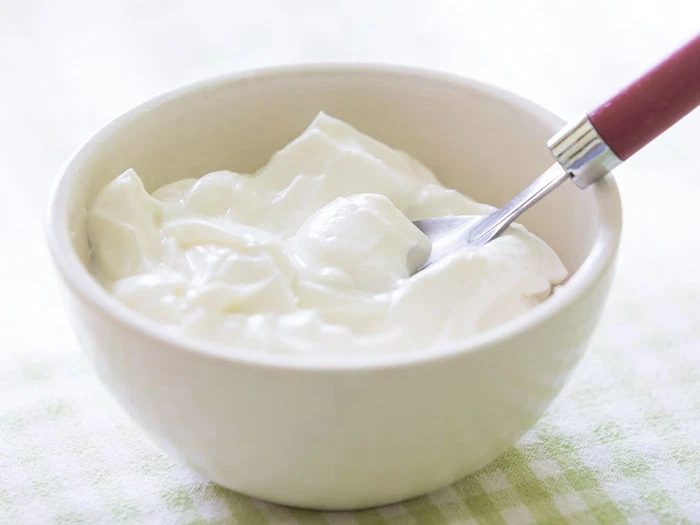
Yogurt, a fermented dairy product made primarily from cow’s milk, has long been a staple in various cultures. Traditionally used in meals and drinks, yogurt has taken on new forms in recent decades, including:
- Flavored yogurt
- Greek yogurt
- Drinkable yogurt
- Plant-based yogurt alternatives
The global yogurt market was valued at over USD 100 billion in 2023 and is expected to reach USD 135 billion by 2030, according to market research firms like Statista and Grand View Research.
The top yogurt-producing countries include:
- United States
- China
- India
- Russia
- Germany
- France
- Turkey
United States: The Largest Yogurt Producer in the World
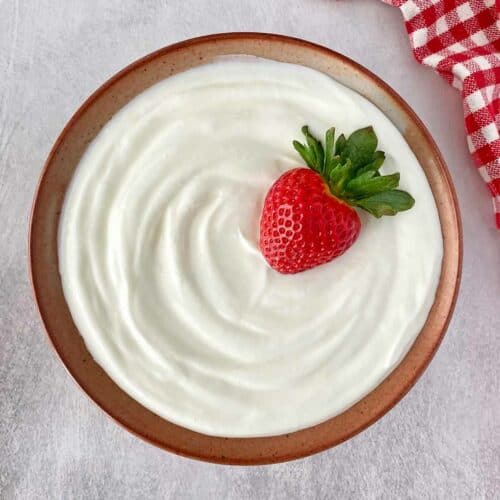
1. Production Volume
The United States leads the world in yogurt production, with an annual output exceeding 4.8 million metric tons. This includes various types of yogurt such as:
- Traditional yogurt
- Greek yogurt (thicker, higher in protein)
- Skim or fat-free yogurt
- Organic and plant-based varieties
According to the U.S. Department of Agriculture (USDA) and IDFA (International Dairy Foods Association), the U.S. yogurt industry is a multi-billion-dollar sector with hundreds of production facilities nationwide.
2. Rise of Greek Yogurt
The U.S. yogurt boom began in earnest in the late 2000s with the arrival of Greek yogurt, introduced by brands like Chobani, FAGE, and Oikos. Greek yogurt rapidly gained popularity due to its creamy texture, high protein content, and perceived health benefits.
By 2015, Greek yogurt accounted for nearly 50% of all yogurt sales in the U.S., transforming the domestic market and pushing producers to expand manufacturing capacities drastically.
3. Leading States and Companies
Top yogurt-producing states in the U.S. include:
- New York – Home to some of the biggest Greek yogurt manufacturers.
- California – Strong in traditional and organic yogurt production.
- Idaho and Wisconsin – Known for dairy processing and value-added products.
Major players in the U.S. yogurt market:
- Chobani
- General Mills (Yoplait)
- Danone North America
- Stonyfield Organic
- Noosa
These companies not only dominate domestic consumption but also export yogurt products globally.
4. Consumer Trends
Americans consume over 14 kg of yogurt per person annually, with demand growing for:
- Low-sugar, high-protein varieties
- Probiotic-enriched yogurt
- Plant-based alternatives (almond, oat, soy)
Yogurt is now a staple in breakfast routines, snack categories, smoothies, and even savory recipes.
China and India: Rising Giants in Yogurt Consumption
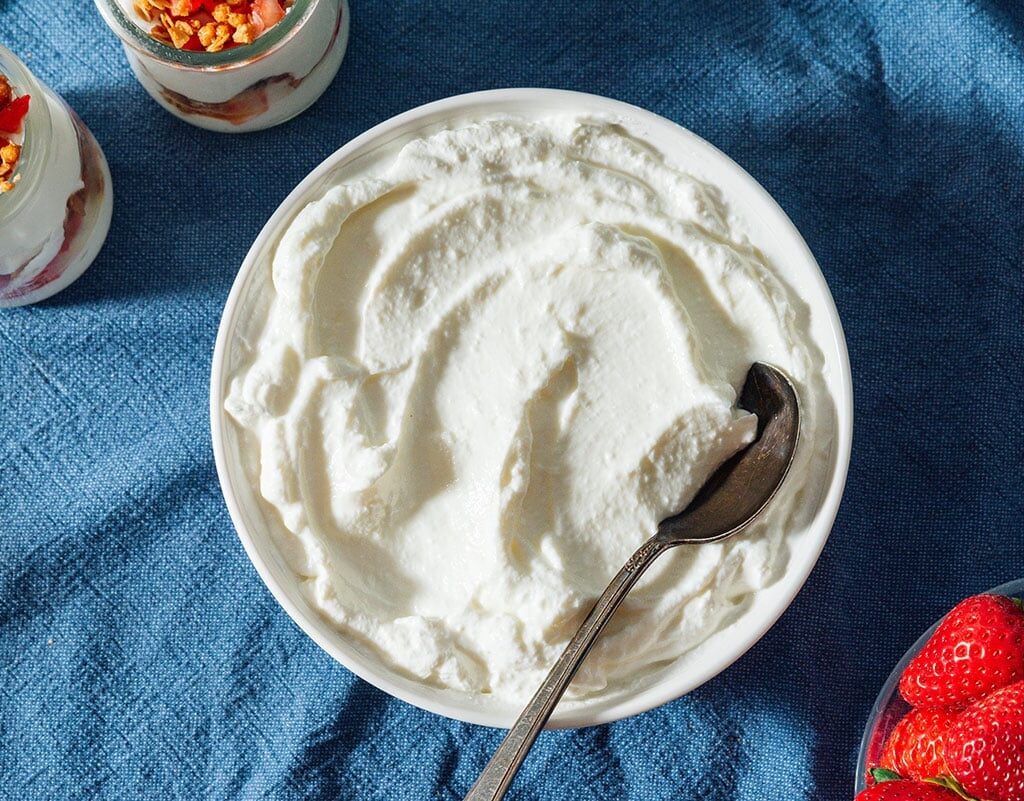
China
China has rapidly become one of the largest yogurt consumers and producers, thanks to shifting dietary preferences and rising middle-class health awareness.
- Annual production: Over 3.6 million metric tons
- Key segments: Drinkable yogurt and sweetened yogurt
- Market leaders: Yili, Mengniu, Bright Dairy
Although China imports a portion of its yogurt, domestic production has ramped up significantly in recent years.
India
India, with its vast population and dairy-centric culture, is a significant yogurt producer, although much of it is in non-industrial or homemade form. In India, yogurt is traditionally known as “curd” or “dahi”.
- Production: Over 3.2 million metric tons (including traditional and commercial yogurt)
- Rapid growth in branded products: Amul, Mother Dairy, Epigamia, Nestlé India
- Popular variants: Sweet lassi, flavored dahi, probiotic yogurt
With increasing urbanization and cold chain infrastructure, India is poised to become a key yogurt powerhouse.
European Powerhouses: France, Germany, Turkey, and Greece
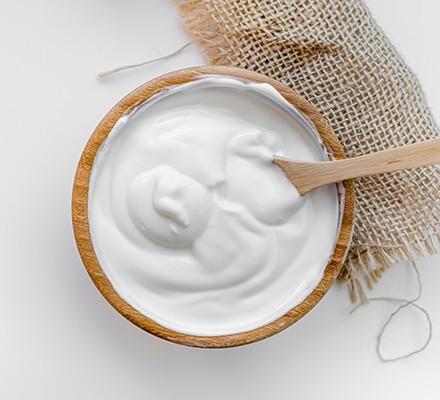
Though the United States leads in volume, Europe dominates the cultural and historical association with yogurt. Several countries in the region produce world-famous varieties with deep-rooted traditions.
France
- Annual production: Approx. 1.7 million metric tons
- Renowned for high-quality, creamy yogurts
- Major brands: Danone (a global yogurt giant), Yoplait
- Strong domestic and export markets
Germany
- Annual production: Approx. 1.5 million metric tons
- Focus on probiotic and health-oriented yogurts
- Home to multinational dairy companies like Müller
Turkey
- Birthplace of strained yogurt, which later influenced the Greek yogurt boom
- Annual production: Approx. 1.1 million metric tons
- Yogurt is deeply embedded in Turkish cuisine—eaten plain, with meals, or in drinks like ayran
Greece
- Famous for “Greek yogurt”, now a global brand style
- Actual production is relatively modest (~400,000 metric tons), but its influence is global
- Focuses on export and quality rather than mass volume
Factors Behind U.S. Dominance in Yogurt Production
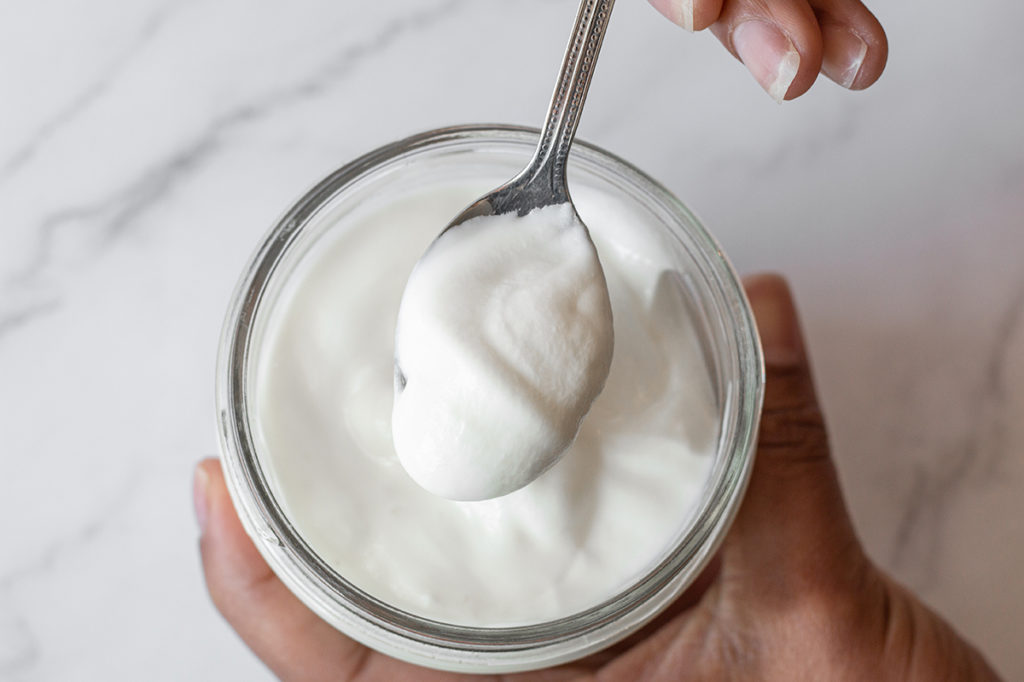
The U.S. yogurt industry’s success is no accident. Multiple factors contribute to its dominance:
1. Advanced Dairy Infrastructure
The U.S. has one of the most modern dairy supply chains in the world, with over 9 million dairy cows, extensive cold chains, and state-of-the-art production facilities.
2. Consumer Awareness and Health Trends
Rising awareness of gut health, probiotics, and clean eating trends have made yogurt a go-to choice for health-conscious Americans.
3. Product Innovation
The U.S. yogurt market has seen constant innovation:
- Flavors: From classic vanilla to exotic passionfruit
- Formats: Squeezable tubes, single-serve cups, yogurt drinks
- Nutritional positioning: High-protein, no added sugar, lactose-free
4. Marketing and Branding
U.S. yogurt brands are leaders in storytelling, nutritional marketing, and product differentiation. Chobani, for example, marketed itself as a lifestyle brand, helping Greek yogurt become a household staple.
5. Strong Retail and Export Networks
With strong retail chains like Walmart and Target, and expanding exports to Canada, Mexico, Asia, and the Middle East, U.S. yogurt reaches millions globally.
Challenges and the Road Ahead
Challenges
- Increasing competition from plant-based yogurt (made from coconut, almond, oat)
- Volatility in milk prices
- Rising concerns about sugar content in flavored yogurts
- Global supply chain disruptions
Opportunities
- Growth in functional yogurts (with added vitamins, protein, collagen)
- Expansion into emerging markets (India, Africa, Southeast Asia)
- Rise of personalized nutrition through yogurt-based supplements
Conclusion: A Dairy Titan in Yogurt Production
In conclusion, the United States holds the title of the largest yogurt producer in the world, supported by cutting-edge production systems, massive domestic demand, and a forward-thinking approach to product development. While countries like France, Greece, and Turkey maintain the cultural heritage of yogurt, the U.S. has taken yogurt mainstream — making it a billion-dollar global phenomenon.
As health consciousness, probiotic awareness, and dairy alternatives continue to grow, yogurt production will only expand further, with the U.S. poised to maintain its leadership while adapting to new consumer preferences.


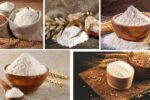


Leave A Comment